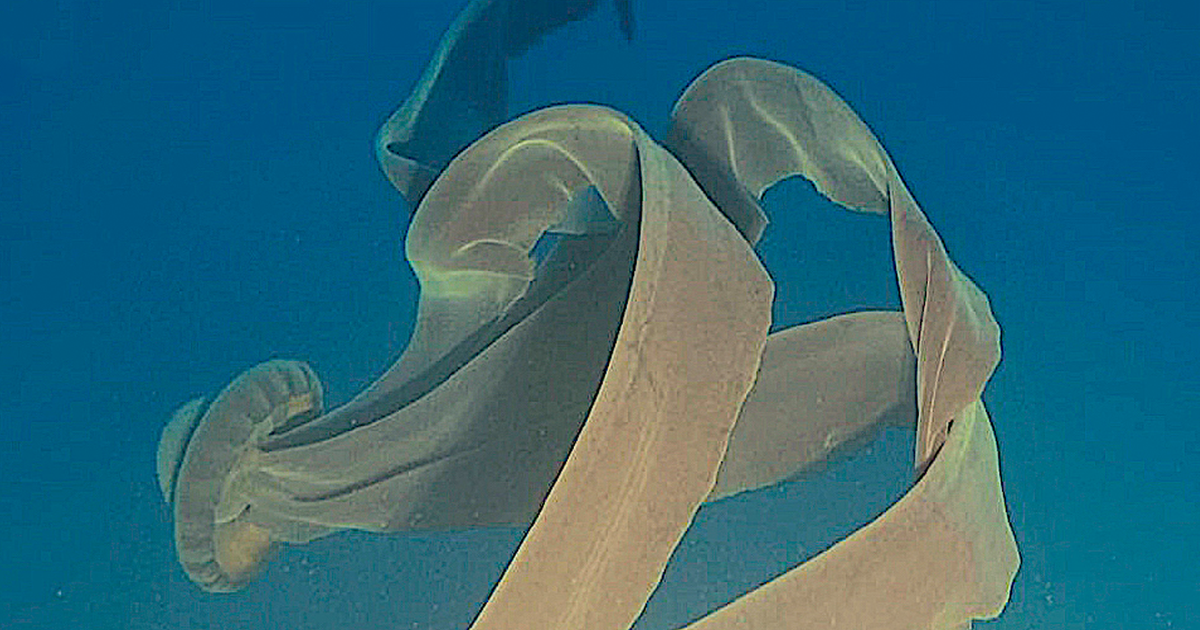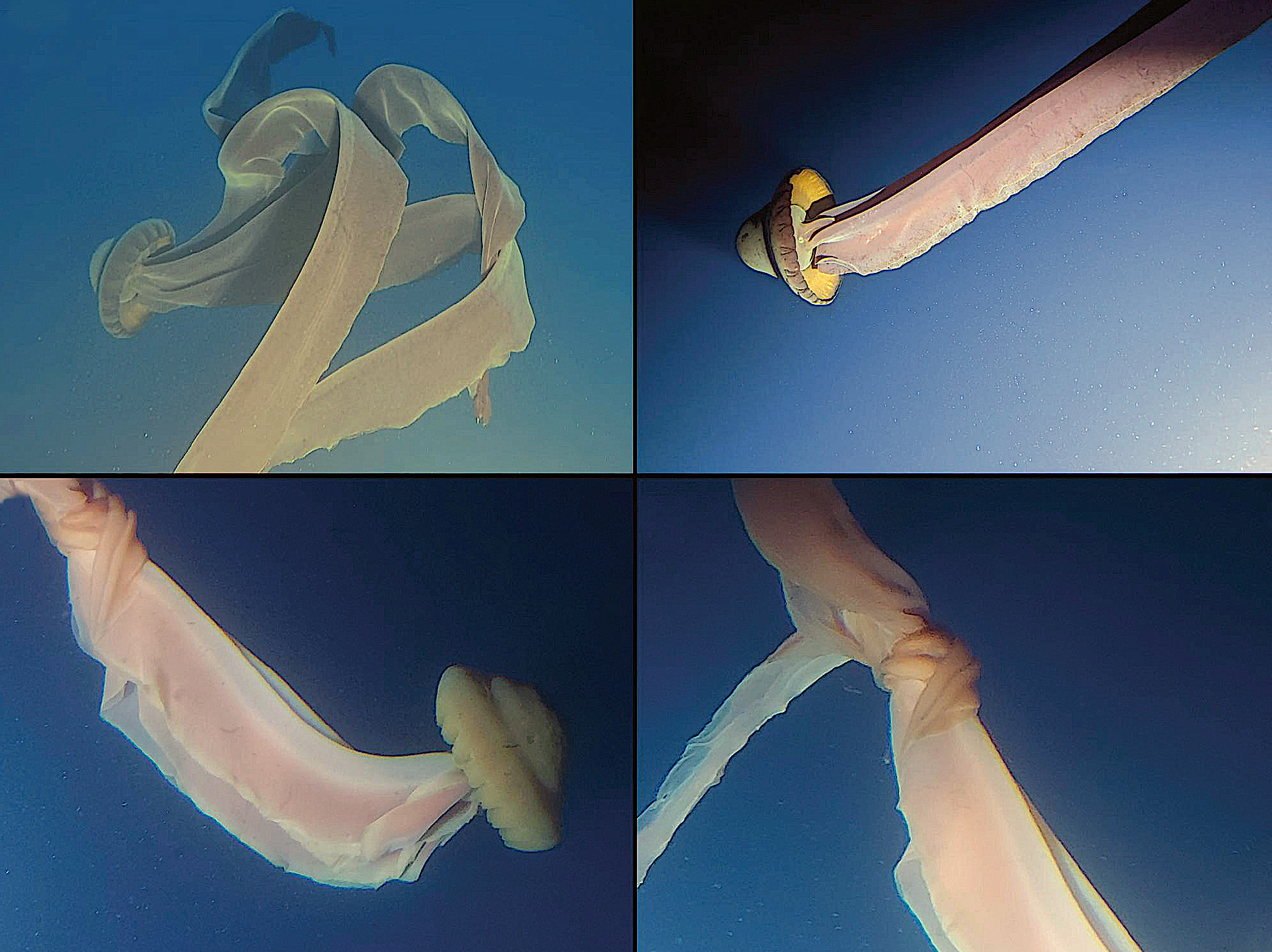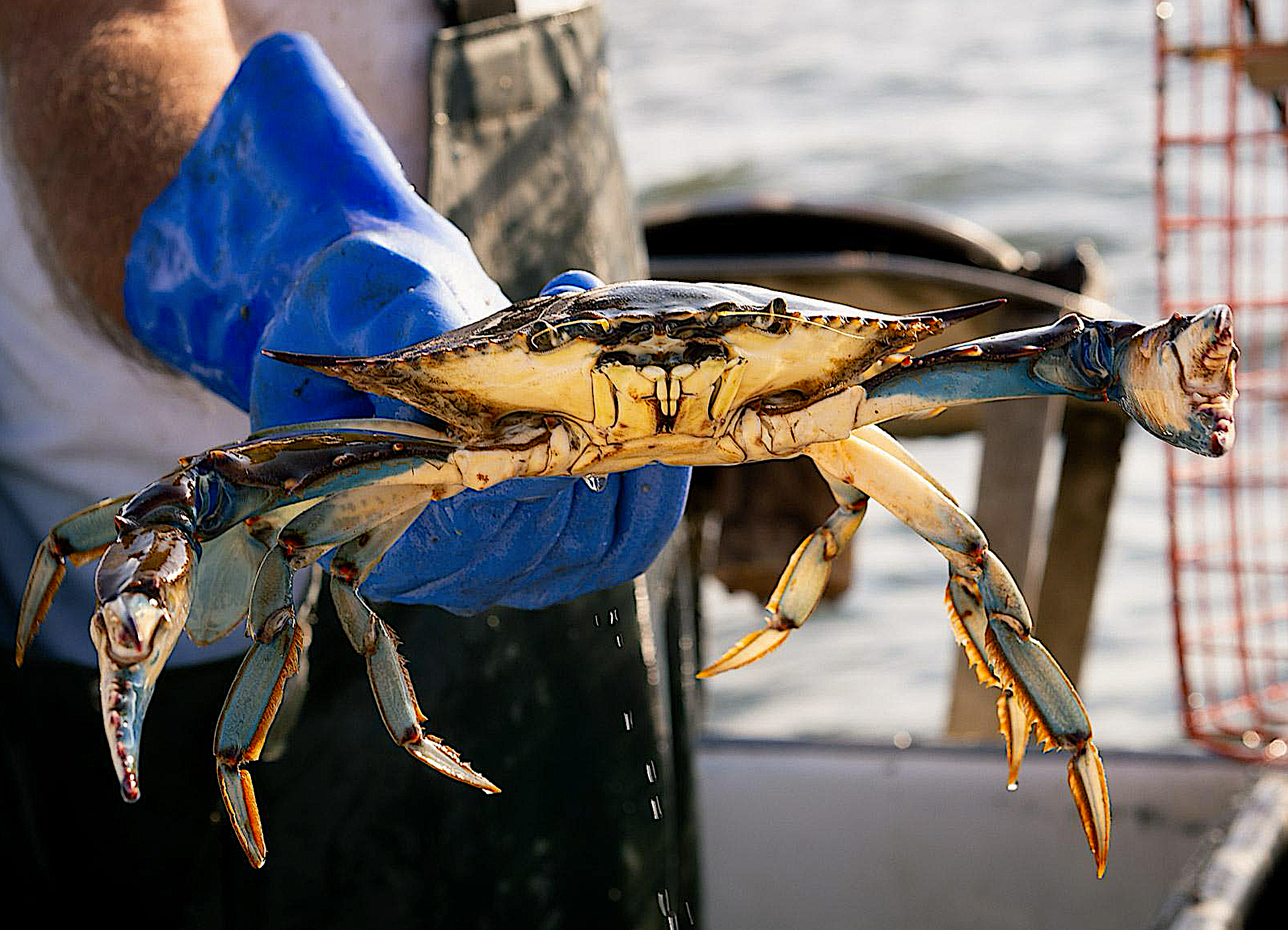Who Wants to See a 30-Foot Jellyfish?

Passengers in deep-sea submersibles can contribute to science — and they might even enjoy the rarest of encounters.
Research Need
This week we highlight marine research that takes place about as far away from North Carolina as you can get — in waters off Antarctica. But the potential opportunities are far reaching in a world where cruise ship passengers are always looking for the next big thing.
The cruise industry represents one of the largest travel segments in the world economy and it plays a significant role in introducing travelers to new places and experiences. To engage both prospective and repeat passengers, cruise lines are increasingly offering new products and services. It turns out that some of the services offer paying passengers an opportunity to contribute to our knowledge of deep-sea marine life only accessible by going under the water.
The wildlife and ecology in the waters around Antarctica are relatively understudied, especially at depths greater than 150 feet, which is beyond the reach of scientific SCUBA equipment. Researchers at Viking Expeditions wondered if personal submersibles — small submarines deployed by some commercial cruise lines for paying cruise passengers — also could be vehicles for studying marine life in deeper and colder water habitats.
What Did They Study?
Scientists know very little about a large deep-water jellyfish known as S. gigantea. Its bell can be as wide as 3 feet, and its arms can reach over 18 feet long, but because this jellyfish typically stays between 3000 and 9000 feet below the surface, except in the Southern Ocean near Antarctica, we don’t have much information about its behavior, diet, environmental preferences, or reproduction. There are only 126 recorded encounters with the species since it was first described in 1910.
Could personal submersibles be the answer to locating and observing the elusive S. gigantea in the Southern Ocean?
What Did They Find?
In U-Boat Worx Cruise Sub-7 MKII 300 personal submersibles, researchers made 25 dives, spending a maximum of 84 minutes underwater and reaching a maximum depth of about 900 feet.
During these dives, researchers and recreational cruise passengers observed and recorded encounters with three S. gigantea (and other wildlife), while the personal submersible hovered in place.
The team encountered S. gigantea at depths of 240 feet, 260 feet, and 840 feet. They took photos and videos, confirming through marks on their bells that these were three different individual jellyfish, but no single dive observed more than one S. gigantea.
Under the circumstances, the researchers could not measure the jellyfish, but each one was longer than the 15-foot personal submersible — and one was at least double that length.

Anything Else?
Researchers noted that they did not observe any other species in association with the observations of S. gigantea, something they did not expect.
What’s Next?
Multiple observations of S. gigantea during a handful of dives at somewhat shallow depths suggests great promise for the use of personal submersibles as a vehicle for studying these and other creatures and habitats surrounding Antarctica.
Researchers also could utilize Remotely Operated Vehicles, which recreational cruise lines in the Antarctic region similarly use. There is also an opportunity to include participatory science projects onboard expedition cruise lines in this region and others to enhance knowledge and to engage cruise passengers in scientific inquiry.
 Reading
Reading
Moore, D. M., Flink, A. E., Prendergast, E., & Gilbert, A. (2023). Personal submersibles offer novel ecological research access to Antarctic waters: An example, with observations of the rarely encountered scyphozoan Stygiomedusa gigantea. Polar Research, 42. https://doi.org/10.33265/polar.v42.8873
This study was funded by Viking.
By Christine Ryan.
The text from Hook, Line & Science is available to reprint and republish at no cost, but only in its entirety and with this attribution: Hook, Line & Science, courtesy of Scott Baker and Sara Mirabilio, North Carolina Sea Grant.
- Categories:



